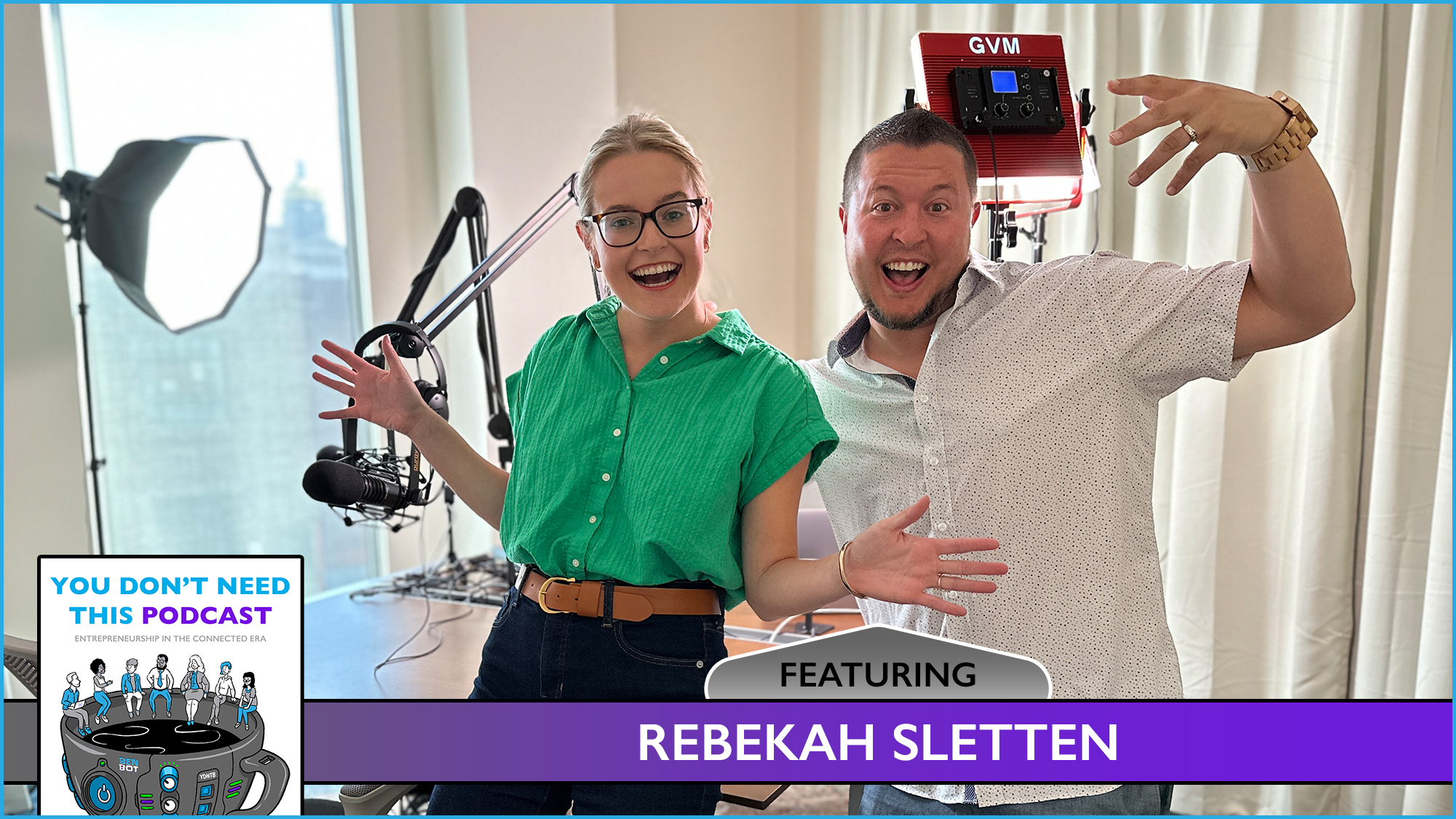I have always loved listening to stories.
At home, my parents used to tell me stories whenever I’d go to sleep. In school, I enjoy listening to friend’s and telling my own stories as well. Lately, my growing interest in entrepreneurship has me listening to people discuss their entrepreneurial journeys. These stories of solving problems and building a business have captured my attention, but I had to go beyond the status quo to find them.
Extra Shot
This caffeinated contribution was written by Ani Soni. Anirudh is a student who is becoming indispensable as he explores entrepreneurship within a startup community.
As a student in high school, there are a few classes, programs, and clubs that hint at what entrepreneurship is all about, but they lack heart, let alone the realities that come from actually building a startup or small business. I enjoy hanging out with my friends, but they don’t share the same interest I have in building my own company. My family is supportive too, but I really haven’t had a way to consistently share stories about building a business.
To fill this storytelling gap, I started looking for ways to meet other entrepreneurs. While it took a little research, I found many ways to meet people who own their own business. I’m eager to continue exploring “entrepreneurial ecosystems”, but I feel lucky to have chosen to first attend a weekly program called 1 Million Cups. Attending 1MC has allowed me to listen and learn from the stories of entrepreneurs, but showing up wasn’t easy.
I was so nervous at first! As a high schooler, I wasn’t sure if or how to show up. I assumed everyone was more qualified and successful. I didn’t think I would be able to understand, let alone contribute to the conversations. In my own mind, I didn’t belong and it was like I didn’t deserve to be there. It would have been easier to say, “maybe someday”, but I’m glad I decided to take the training wheels off.
When I arrived that first Wednesday morning, everybody was welcoming, kind, and incredibly interesting! I was thirsty to return after experiencing the generous energy this room of fellow students, entrepreneurs, intrapreneurs, and community builders exuded. Attending 1 Million Cups week after week, I now realize that people of all ages enjoy sharing stories just like me. Entrepreneurs sure like helping one another as well!
It’s only been a few months, but I already feel connected to this community of entrepreneurs. In fact, I’ve offered to join the volunteer 1MC organizing team, because I’ve seen how stories create a bond, and perhaps that’s what it’s all about. No matter where you’re at within your own journey, I’ve learned we are not alone. Everybody helps everyone grow. Now I’m on a mission to learn from more entrepreneurs, to build into my own ideas, to ask for help, and to accelerate others however I can within the entrepreneurial ecosystem.
